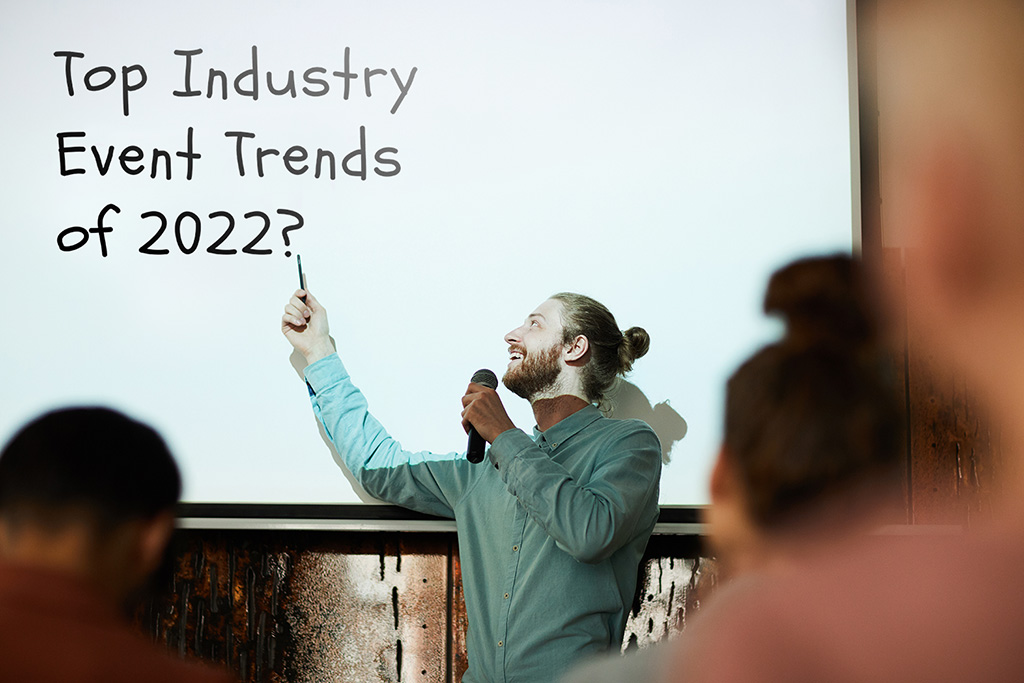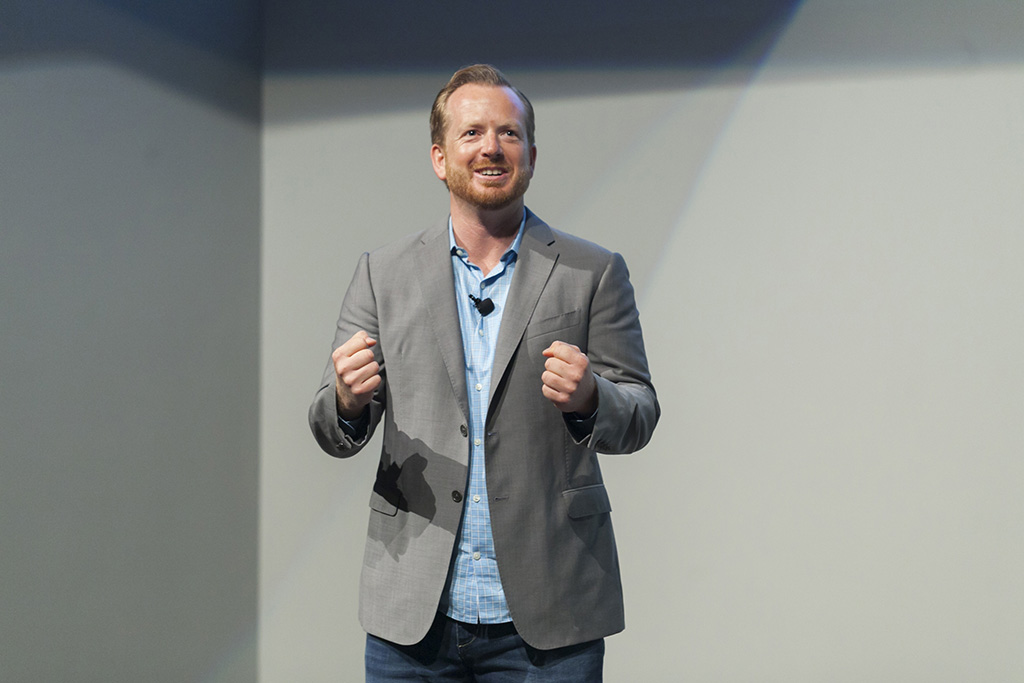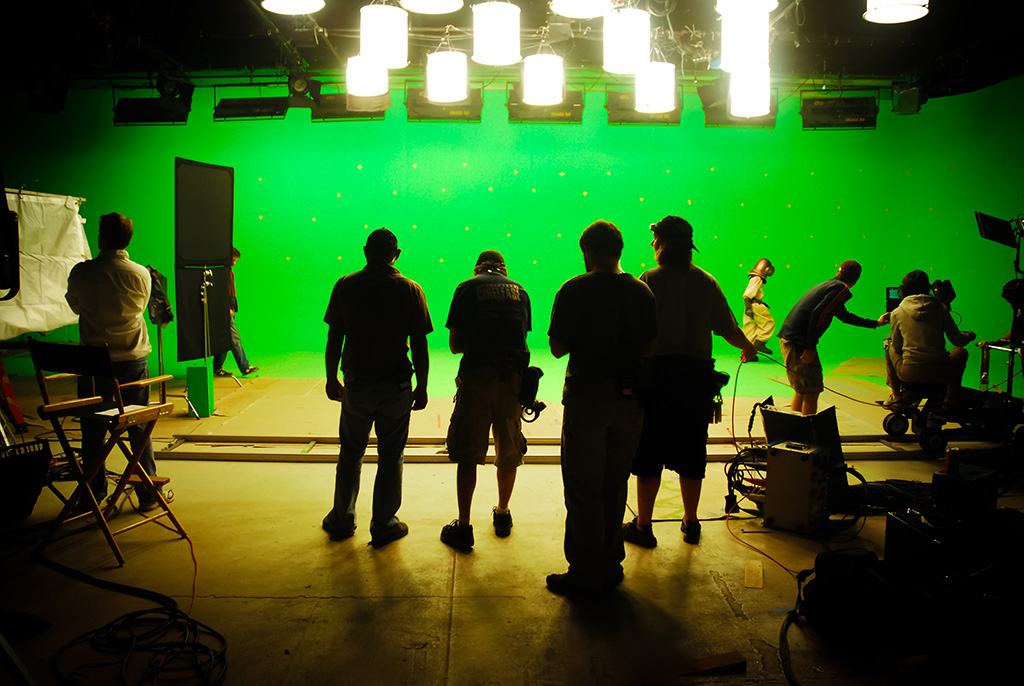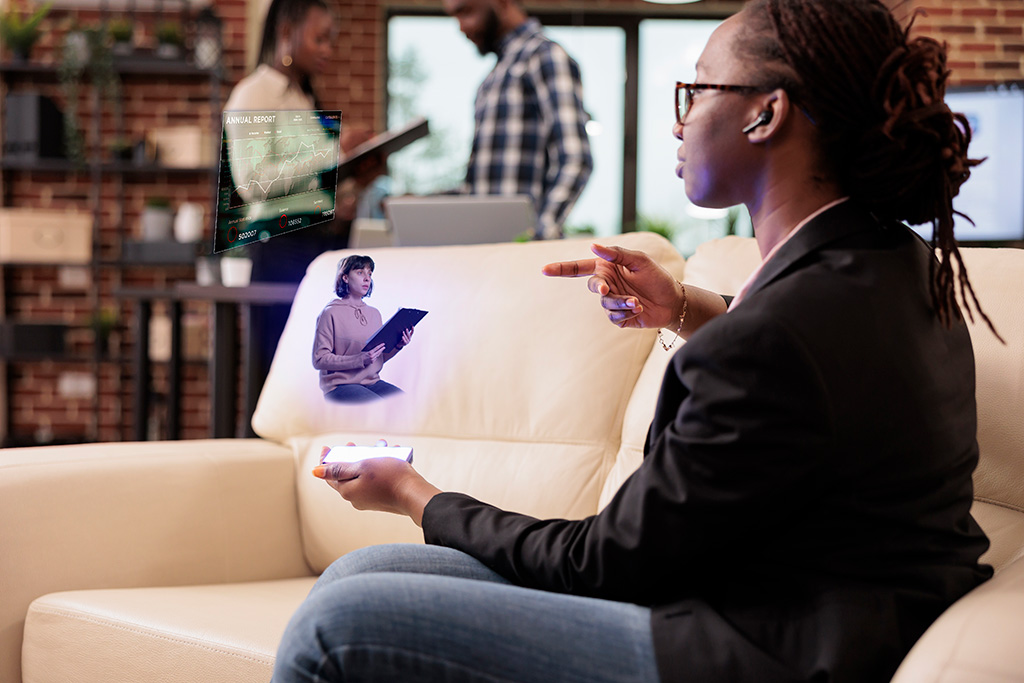TECH TALK
23 Nov 2022
What Are the Top Industry Event Trends of 2022?

Subscribe to CX E-News
With COVID effectively behind us, 2022 has been an extremely important year to watch in the events industry. Finally, the expert opinions and expectations for the future can be proven right or wrong.
Which trends will persist after two years of only virtual events, and which will be immediately ditched in favour of the pre- COVID norm? The trends from this year are likely to define at least the next five years of events.
That being the case, we have sought out a couple of alternative perspectives from around the industry. As the readership of CX Magazine is predominantly made up of events AV experts, you will likely have your own idea of the year’s top trends and ours will probably be much the same as yours. However, the trends observed by speakers and event managers will likely play their own parts in directing the development of future events-oriented AV technology.
Best of Both Worlds
Ryan Foland is a professional speaker of some seven years’ experience and host of the World of Speakers podcast by SpeakerHub. “What we’re seeing now is that some companies and organisations are striving to go right back to in-person events because they know that there’s definitely a demand for it,” he told us. “But then, there’s this hesitancy around being caught in a trap of setting up an event that then gets cancelled. As a result, I’ve seen this trend towards hybrid events.”

Annett Polaszewski-Plath is also a veteran of the events industry, with a period as managing director for Germany, Austria, and Switzerland at Eventbrite among her experiences. She agreed with Ryan when sharing her observations on 2022’s event management trends with CEO Today magazine. She said, “While a significant number of people are keen to return to on-site events, EventMB reports that 71% of event planners will continue offering virtual access to their events. Offering a best of both worlds approach, hybrid events allow organisations to reach audiences virtually and at scale while providing an on- site component with space for intimacy and informal networking. Organisers have realized that there is a huge difference between hosting high-quality hybrid events and merely streaming your event online.”
Mind the Gap
One obstacle preventing a heavier lean towards virtual and hybrid events has been, according to Ryan, the gap in AV knowledge and experience among speakers, effectively the same as what Annett said about the gap between a high-quality hybrid event and a basic stream. “The big in-person live events just being cut off at the knees was a definite shock to everyone, especially in the speaking industry, because of all the technical challenges of flipping from in-person to digital or hybrid,” Ryan said.
“A lot of speakers have set up their own greenscreen station,” he said, demonstrating his own setup. He has incorporated his love of sailing into the design, so a single tug of a rope by his desk rapidly unfurls the green cloth like a sail. “But I think that there’s a technical gap for people who are comfortable with the idea of greenscreen and just know to put it behind them, but they don’t recognise the importance of proper lighting, a suitable camera and the necessary technology to make it work properly.”

Ryan went on to explain that he uses an ATEM Mini Pro for visual effects, including showing his slides in the background of his presentation instead of sharing his screen as a separate window. Such dynamic elements keep even his virtual events compelling, and audiences engaged.
He added that, besides many speakers not knowing the many features the technology offers and how best to use them, there is also an experience gap of speakers just not knowing how to speak to a camera instead of an audience. Lacking the energy of a crowd to draw on, he said, there’s a risk of presentations becoming dull and monotonous. “I think that speakers end up having to bridge that technology gap by bringing more energy, being more creative with how they’re presenting, stopping to ask questions, going into breakout rooms and properly engaging with the audience. This is best practice for speaking, but it’s amplified when it comes to digital,” he said.
The widespread lack of technical knowledge of even quite basic home studio setups and, just as important, how to use them to their full effect, has perhaps contributed to the rush back to in-person events in 2022.
The Experience
Both Ryan and Annett agreed that the thing people had been missing from virtual events was the broader experience of attending an event. “Attendees want to be able to communicate with each other, ask questions and engage with speakers. They want to get answers to their questions, actively participate rather than just listen, and make new connections,” said Annett.

She added that there were certain experiences from virtual events that do enhance the in- person experience and should be strongly considered when planning a hybrid event. “Tools like online ticketing, remote registration, seating and real-time interpretation have all added to the overall experience,” she said.
“The more event managers cater to the needs of attendees and provide them with ways to better engage, the more valuable and memorable the event will be. Because the success of an event isn’t measured just by how many people attend, but also the quality of their experiences and whether those people felt involved.”
Ryan said, “It always has to be about the experience. Gone are the days when I just show up and start talking. Now there’s warming people up, involving them in the chats, I use breakout rooms all the time, I bring people up and spotlight them whenever they’re asking a question. All of that interaction has to happen or else you’re just a stagnant screen.
I think there’s going to be some move towards people interacting on their phones. There are a few different games and things that people have been playing with on Zoom, but that experience part, where people are actually engaged, is essential.”
The Future
In the immediate short term, Annett advises incorporating gamification techniques to add a new dimension to events. When asked to predict the further future, Ryan said that he felt that metaverses certainly showed some potential, but he was far more excited about holograms.

“I know a few speakers who have been exploring that and it’s a goal of mine,” he said. “In particular, James Taylor has been doing some great work in this space. He and his wife speak on creativity and what they’ll actually do is go to a local studio that has a full rig for cameras and they will project themselves on stage to an event with sound and interaction with the audience. That’s created the ability for him to be in multiple places without the travel and attend digitally while still having that ‘live’ experience.”
He also asked, only partially joking, where the AI solution that reads the audience engagement levels for you is.
Subscribe
Published monthly since 1991, our famous AV industry magazine is free for download or pay for print. Subscribers also receive CX News, our free weekly email with the latest industry news and jobs.




